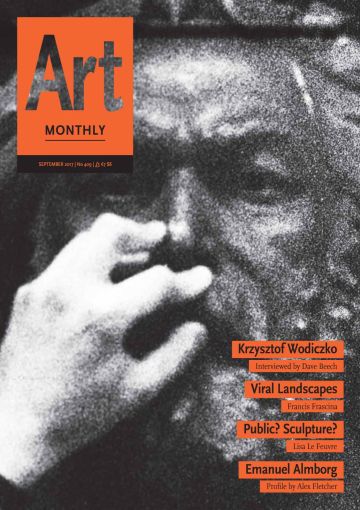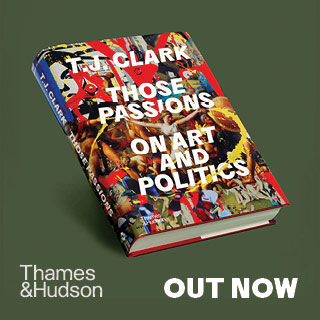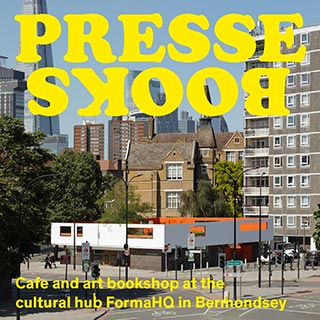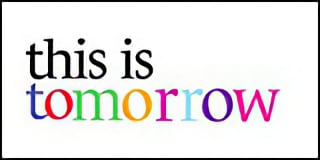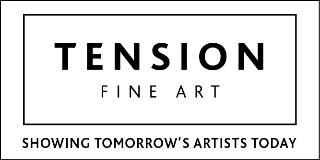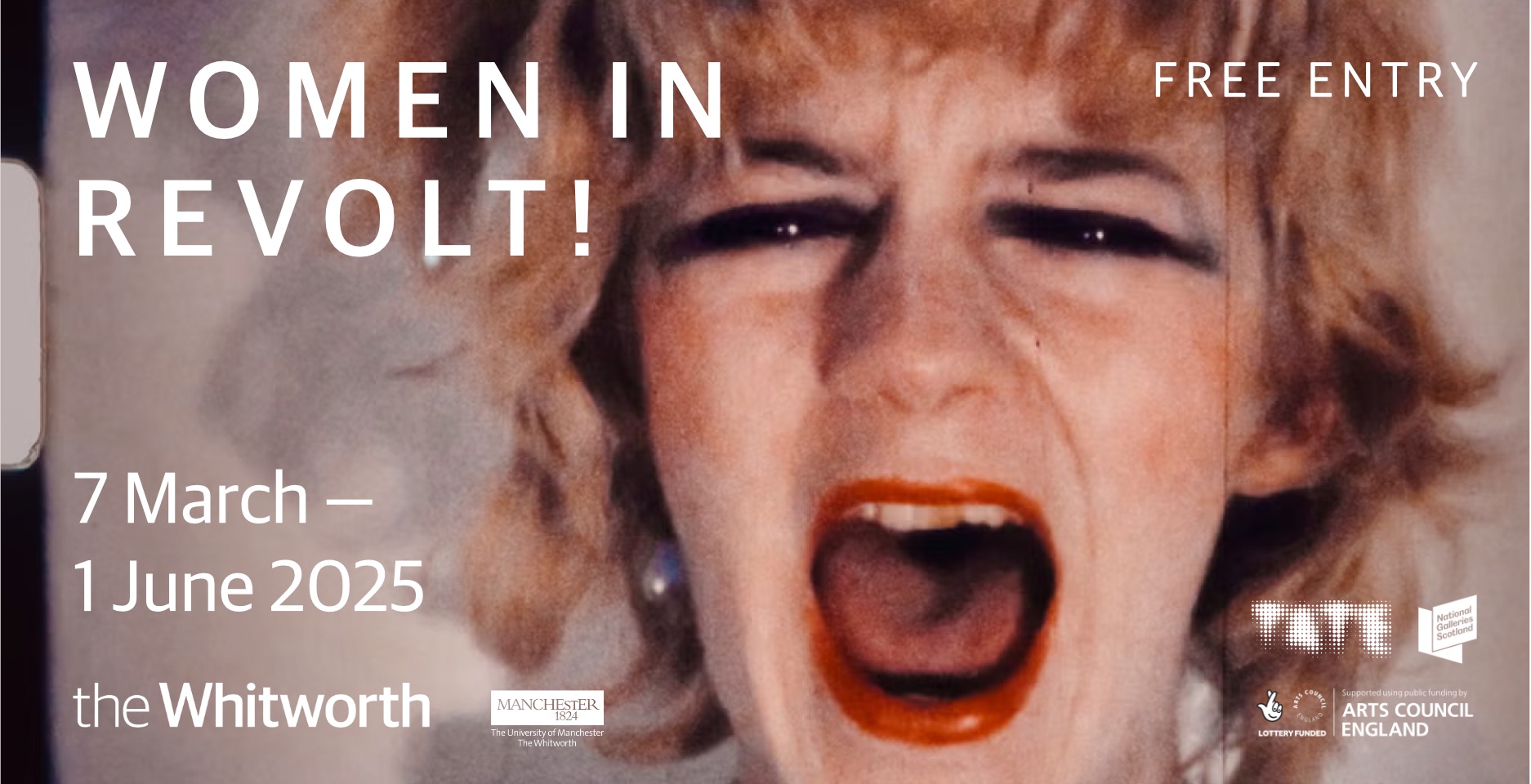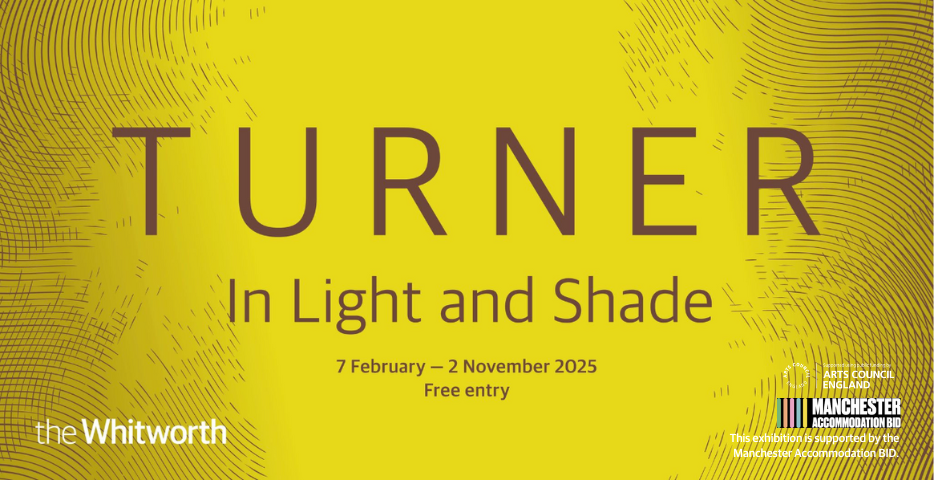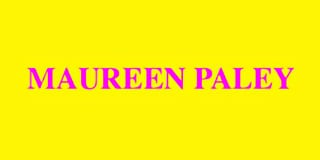Feature
Public? Sculpture?
Public sculpture is everywhere yet it is in crisis argues Lisa Le Feuvre

Claes Oldenburg and Coosje van Bruggen, Giant Pool Balls, 1977
If this year’s edition of Münster Sculpture Projects questioned the very concept of sculpture as object, as well as what is meant by ‘public’, does public sculpture have a future and, if so, is it a permanent one?
In a public lecture at the Henry Moore Institute in 2012, Kasper König, artistic director of Münster Sculpture Projects since its inception in 1977, was asked what advice he would give to cities planning to place sculpture across their streets, buildings and squares. His concise reply was, ‘make nothing permanent’.
Cities and sculpture – we persist in bringing the two together. Just this summer, Transport for London issued a map of the capital’s public sculpture: some examples are temporary and others so inscribed into London’s architectural fabric that their permanence is as close to forever as can be. What is to be done with these immovable objects? Perhaps, if their existence is perpetually insisted on, permanent sculptures should be designed to, from time to time, retract inside their plinths or into the streets and buildings on which they sit. They could then fulfil this wish for permanence, but not always be on view. Although far from comprehensive, the guide – commissioned by the Mayor’s office, Frieze Art Fair and Sculpture in the City – demonstrates that placing art in the urban realm is as much a part of contemporary city life as it was for the officials and corporations who sought to monumentalise wars and designated heroes in times past. Public sculptures are often reminders of a nation’s inhumanity and some argue that these should be torn down. Others insist that they should remain as harsh reminders of our culpability. There is also a compelling case to be made that such sculptures should be gathered together for public display in one single location so that the social and historical context of figures who have no right to be celebrated today can be communicated, enabling us to learn from our despicable errors of monumentality.
Is there really still a place for what is known as ‘public sculpture’? If the answer is ‘yes’, should this sculpture be permanent? Who is it for? Can it contribute to critical art discourses or will it always be fully recuperated into civic marketing strategies? Should sculpture in public be consensual? Is that even possible? Can it do the job of art and raise questions? Again and again we hear artists complain about compromises, while city officials complain about artists, publics get itchy, art critics and historians scoff, budgets are contested, legacies disappointed. And yet the idea of public sculpture endures. Sculpture in public is of course art – a simple fact that too often is skated over. Art has a duty to be oppositional, to make problems. For solutions one can turn to design. In fact, often what is called public art is actually public design – a descriptive not pejorative term. In the early 1990s the artist and thinker Suzanne Lacy argued for the term ‘new genre public art’ to be used over ‘public art’. She called for art in the public realm to be divorced from being monumental sculpture in a square and insisted it be aware of relationships with multiple audiences, of politics, of what is communicated, and its ability to build and rupture relationships. Lacy pointed out that one should never assume that public space is democratic or, for that matter, public. The ‘public’ of public art involves many private interests – all art in public space is institutional in some way and all public space is controlled.
Art placed outside the museum requires the same level of critical scrutiny as art placed inside museum walls. Like it or not, sculpture in particular is entrenched in our urban spaces. Once released from the protective confines of the museum it is left to be independent, to fend for itself and to endure everything that changes around it – opinion, architecture, publics, values, politics, even the weather. Public sculpture is part of the urban backdrop and it is rarely remarked on, beyond flurries of press at its launch, and is regularly dismissed. Sculpture in the city is a very different prospect to sculpture in a remote location or in a sculpture park. In the city there is so much to see and so much to hear, making sculptural encounters primarily accidental rather than intentional. This makes urban sculpture perversely most visible to those who are visitors. Five minutes walk from where I live is a mural by the sculptor William Mitchell. I walked past it for 15 years without seeing it. It took a slide in a lecture to open my eyes. Naming public sculpture is a necessary part of the process of being public.
König’s recommendation was given in the context of Münster Sculpture Projects, an exhibition of sculpture in the city recurring every decade (Reviews AM408, AM206, AM110). It coincides with the five-year cycle of Documenta which, in this year’s iteration, in spite of Marta Minujín’s monumental The Parthenon of Books, 1983/2017, sees relatively little art in the public spaces of Kassel – although, comparatively, there is more in Athens. By contrast, in 1977, the year Münster began, the sixth edition of Documenta brought, for the first time, sculpture out of buildings and into Karlsaue Park. Artistic director Manfred Schneckenburger set out to demonstrate that art is a part of society and that it enabled independent thinking, and part of his argument was to widen the definition of art – he brought in photography, experimental film and the first live international satellite telecast by artists, as well as placing sculpture in the city. Timebound and temporary, Münster’s purpose has consistently been to take the temperature of how sculpture works outside the museum and, importantly, to stimulate sustained debate. It has unerringly avoided settling into a comfortable position. This year the fifth edition of Münster Sculpture Projects has turned its very identity on its head. It proposes that static, solid, gravity-bound three-dimensionality is not necessary for sculpture. It claims too that sculpture in the public realm need not be found in parks, in gardens, on streets or flanking buildings; it can take such traditional routes – but it can just as well be found in corporate lobbies (Hito Steyerl), disused sports halls (Pierre Huyghe), empty shops (Mika Rottenberg), museum circulation spaces (Nora Schultz) or digital space – a territory as public and, for that matter, as private as urban spaces. Andreas Bunte’s contribution, Laboratory Life, comprises fly-posted QR codes. When scanned, a film opens showing unremarkable activities conducted in a laboratory setting, such as putting in a contact lens or a rotating carwash brush. The curators describe their intention as being to create rather than occupy spaces, and announce their interest in the mechanisms, manifestations and impacts of digital economies. Technological space can hold, distribute and form sculpture, meaning that any debate on the public life of sculpture needs to address this territory. But does Bunte’s work contribute to the ‘sculpture’ of the title?
Münster’s origins lie in a sculptural problem that dates from the 1960s. The city was offered a gift of sculpture from Henry Moore and it was rejected as being too modern for Münster tastes. Many regrets and debates followed as city after city chose a Moore for their squares and streets as a postwar emblem. The next decade, Westdeutsche Landesbank offered Münster a gift of a kinetic sculpture, Three Rotary Squares, 1973, by US artist George Rickey. Placed in a park, it generated antipathy from the inhabitants of Münster – primarily due to its abstract form, but also because the gift was a gesture of gratitude to the city for giving permission to site the bank’s headquarters in the former city zoo that had closed in 1973. The citizens of conservative Münster might not have warmed to modern sculpture, but something quite different was happening some 35km away in the city of Marl. Unlike historic Münster, Marl had been reconstructed after 1945 with utopian ideals, and local industry allowed the city to thrive in the 1950s and 1960s. Marl’s planners looked forward and they embraced modern sculpture, presenting periodic open-air exhibitions in the early 1970s titled ‘City and Sculpture’. At the opening of the 1970 edition the mayor described sculpture as ‘a part of the future city centre’ in a visionary, idealistic move. Forty-seven years later Münster is booming economically and Marl is struggling, and it is Münster that is internationally associated with sculpture. This year, however, Marl has been brought into the Sculpture Project: the cities have swapped sculptures, and Marl shows its impressive collection alongside maquettes charting Münster’s history of sculpture that was initiated as a result of its initial lack of interest in sculpture.
Following the pale enthusiasm for sculpture in Münster, Klaus Bussmann, the curator of the city’s Westfälisches Landesmuseum für Kunst und Kulturgeschichte (now known as LWL-Museum für Kunst and Kultur), decided to address the problem head on: he presented an exhibition of modern sculpture that stretched through the museum and out into the city to show citizens what modern sculpture was. Animosity often stems from lack of familiarity, and Bussmann set out to change this. He invited König, then based in New York, to join him. (König and Bussmann were the curators in 1977 and 1987. In 2007 König worked with Brigitte Franzen and Carina Plath and this year with Britta Peters and Marianne Wagner.) Nine artists, all men in this first iteration, made sculpture for the city: Carl Andre, Michael Asher, Joseph Beuys, Donald Judd, Richard Long, Bruce Nauman, Claes Oldenburg, Ulrike Rückreim and Richard Serra. It was locally unpopular, but the experiment persisted. Münster Sculpture Projects today is embraced by the city, to such an extent that in 2007 the exhibition catalogue even frowned over the reception of the previous edition ‘as a festival setting that was great fun for everyone’. The inference was that this was an erroneous approach, and a more scholarly less entertaining curatorial method was the riposte – the catalogue focuses on the problems and impossibilities of public sculpture and the curators sought to avoid artworks that could be instrumentalised as city marketing. Yet visitors flocked in, local businesses generated income, and it continued.
Here in the UK in 1972 we had our own urban sculpture experiment, five years before the first Münster Sculpture Projects. It was equally unpopular, but was not repeated. City Sculpture Project (Reviews AM403) was initiated by Jeremy Rees and co-ordinated by Anthony Stokes from their base at the Arnolfini in Bristol. Both were led by a firm commitment to making sculpture an intrinsic part of people’s lives. The project brought new commissions by British artists who were leading new thinking in sculpture into the heart of urban life in eight cities across England and Wales. Realised sculptures by Robert Carruthers and Nicholas Monro were seen in Birmingham, by Barry Flanagan and L Brower Hatcher in Cambridge, by Garth Evans and William Pye in Cardif , William Turnbull in Liverpool, Luise Kimme and William Tucker in Newcastle, Liliane Lijn and John Panting in Plymouth, Kenneth Martin and Bernard Schottlander in Sheffield, and Peter Hide and Bryan Kneale in Southampton. There were other artists who were invited, but their sculptures remained unrealised – some for logistical reasons, but others never left the page. Anticipating Münster, the commissions were intended to be on show for six months, with the option open that artworks could be purchased by the host city or any other interested party. No one took up the offer, and at the end of the project the sculptures were variously destroyed, relocated or returned. Some did not survive the half-year and were vandalised – something that can be seen happening again this year in the fifth edition of Münster (one of the screens for El Arakawa’s seven LEDs was stolen a week into the exhibition; one of the five figures of Nicole Eisenmann’s Sketch for a Fountain was decapitated; technical equipment was stolen from Koki Tanaka’s indoor video installation Provisional Studies: Workshop). Speculation on what might have happened had the UK been brave enough to persist and sustain the process is a great distraction.
The UK has persevered, however, with the Fourth Plinth project in Trafalgar Square, initiated in 1999 with Mark Wallinger’s Ecce Homo. Walter Grasscamp in the 1997 catalogue for Münster Sculpture Projects argues that, if really public, sculpture needs spaces that are intentional, ‘independently articulated space’, not jostled into leftover locations useless for anything else. However, the nature of temporarily sited sculpture is that it cannot have a dedicated space as it will be leaving after a short visit. The Fourth Plinth is an exception, and it must be celebrated for its approach to the specifics of sculpture – with all of the inherent problems. If art is there to push against the problems of the present, rather than stage a fiction of consensual thinking, this project’s founding principle which is to place changing artworks every year in the most visited public square in London is a bold solution. Next year will see Michael Rakowitz’s The Invisible Enemy Should Not Exist, a study of the fate of artefacts stolen from Baghdad’s National Museum of Iraq, and in 2019 Heather Phillipson’s The End, comprising a giant blob of Mr Whippy ice cream, on which sits a shiny red cherry, a bluebottle and a surveillance drone transmitting images direct from Trafalgar Square – a tourist site and a gathering point for protest. With the Fourth Plinth there will always be something to come, something to counter what has been there before. This opens the possibility to experiment and to address both tourist and local audiences. Yet, would this strategy work in a residential area? That would be a brave experiment. Public sculpture needs people, and a space to hold it that is public – a location all can enter – whether its ownership resides with the state or private interests.
In spite of König’s advice, Münster Sculpture Projects consists of permanent works that sit alongside those commissioned. Each edition brings temporary sculptures into the city and there is, like City Sculpture Projects, an option for purchases – this has been the case with 39 sculptures to date. Claes Oldenburg and Coosje van Bruggen’s Giant Pool Balls made in 1977 is one example, a sculpture deemed outrageous when installed, yet today these reinforced concrete 3.5m spheres have become an emblem of the city. This sculpture was not made specifically for the site. The 1987-2007 editions of Münster railed against the autonomy of modernist sculpture, dismissing ‘drop sculpture’ as ignorant of site and context. But it is not that simple: sculpture is always concerned with space, and the right choices can mean that an existing sculpture can work in a public space it was not conceived for. Giant Pool Balls is located on the edge of Lake Aasee and the artists’ working notes state: ‘it is a matter of two things occupying the same space, exchanging definitions. Münster, or an area of it, becomes a pool table and vice versa.’ In the publication accompanying this edition it is illustrated covered in graffiti – traces of public use. The life of sculpture in public can be interrupted at any time because sculpture outside a museum has to deal with sharing its space with others. In the 1987 edition, Thomas Schütte’s Cherry Column, a 6m-tall sandstone column on which a pair of bright red aluminium cherries sits, became permanent. The organisers could choose between cherries or watermelon – Watermelon Column this year has been constructed in a Marl car park beside its museum. Twenty years ago parked cars surrounded Cherry Column, a moving palette of shiny colours in concert with the red cherries. The sculpture later prompted a redesign of the surroundings and now it sits in a paved square, replete with foliage and bench. The sculpture is the same, but everything around it is different. Cities are reflexive places – nothing is permanent in the urban realm.
This year the very title Münster Sculpture Projects has been put into question. The selection of artworks suggests that in 2017 sculpture needs to be neither an object nor in the open air – in fact even the terms ‘sculpture’, save the Marl component, and ‘Münster’ seem redundant. One of the most powerful works is neither open air nor does it strictly enter into the narrative of public sculpture. Hito Steyerl presents two works from 2016 HellYeahFuckWeDie and Robots Today inside the lobby of LBS Savings Bank, which sits beside the former Zoological Gardens. Both are moving-image installations. The former shows balance and impact tests on humanoid robots, and since the body in space is central to sculpture, the work makes a link to the ostensible subject of Münster (the title comprises the five most used words in chart-topping music). Robots Today combines images of the destroyed Kurdish city Diyarbakir – again, the city is key for sculpture studies – with questions posed to Apple’s AI assistant Siri asking what role computer technology plays in contemporary warfare. The inclusion of these works raise questions: is this lobby now a part of public space? Are these sculptures? If they are dated 2016, were they made for Münster? The curators are undoing the very assumptions of the project. Steyerl’s and other works too are in Münster, but they could be elsewhere. The power is in the artwork’s infection of the space that holds it. These are not sculptures, yet they are talking loudly in Münster Sculpture Projects.
In 2017 the questions of where the boundaries lie between inside and outside the museum and where a line can be drawn between public and private merit little attention. It is as though everything has already been said in the first part of this century. To ask what sculpture is – this seems a question from another time. But these are conversations that Münster Sculpture Projects explicitly addresses now, and on the occasion of the fifth edition there is good reason to think once more about the place of public sculpture. Münster is an event that exists to ask questions of the relationships between art, publics and urban space through sustained discussion. In this edition it calls for a temporal, experiential art that can do its job anywhere, suggesting that art can be public in any situation. I would like to argue for sculpture in the public realm to persist, but that it should be temporary and refuse to compromise. Somehow Münster has lost sculpture along the way. Does this matter? Maybe not right now, but for sculpture in the long term it does.
Lisa Le Feuvre is a curator, writer and editor, and was head of sculpture studies at the Henry Moore Institute 2010-17.
First published in Art Monthly 409: September 2017.

